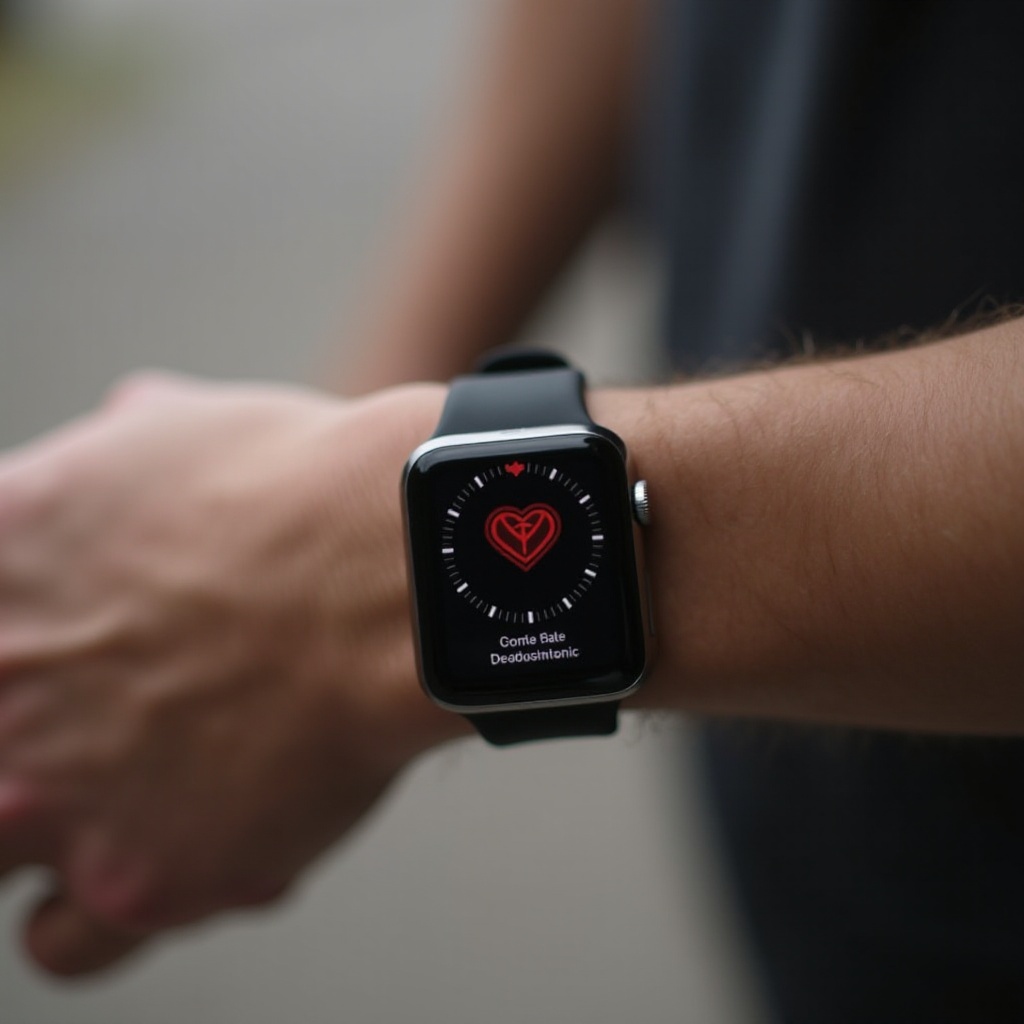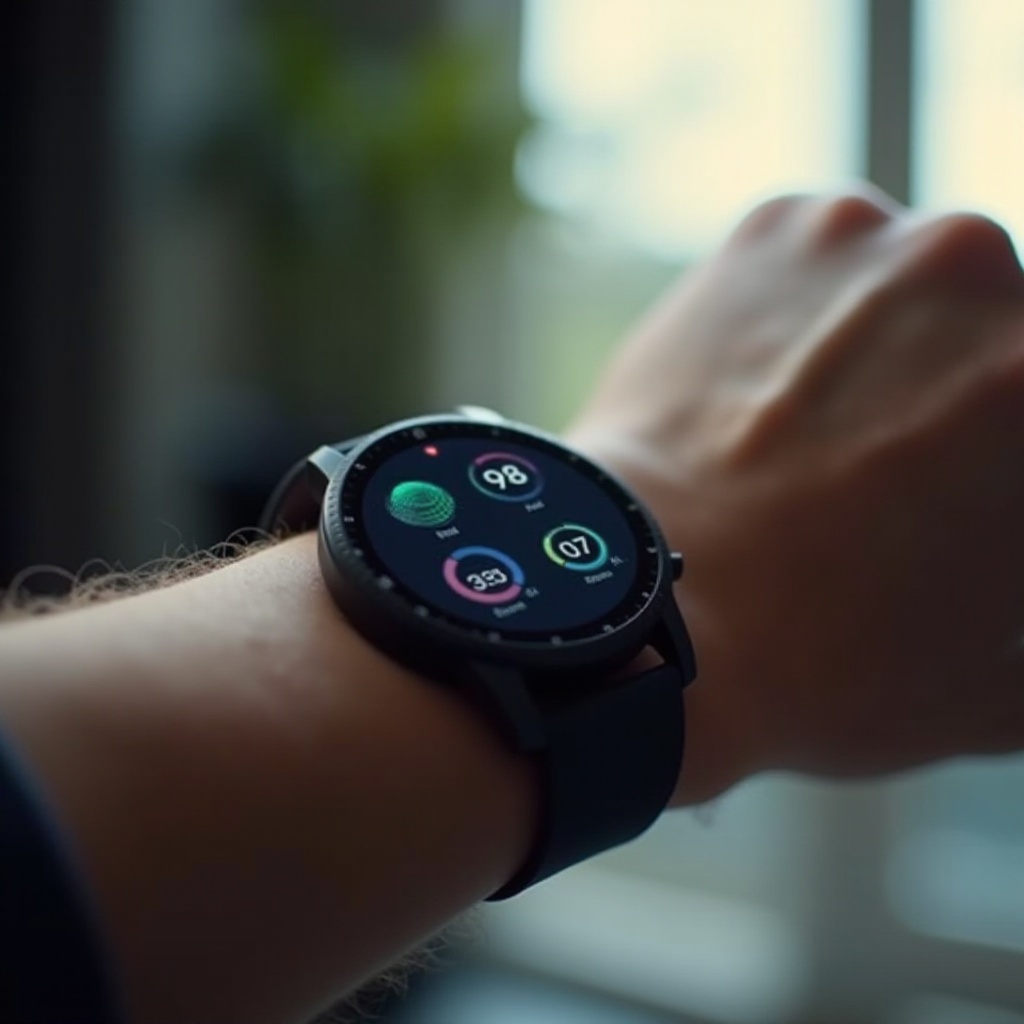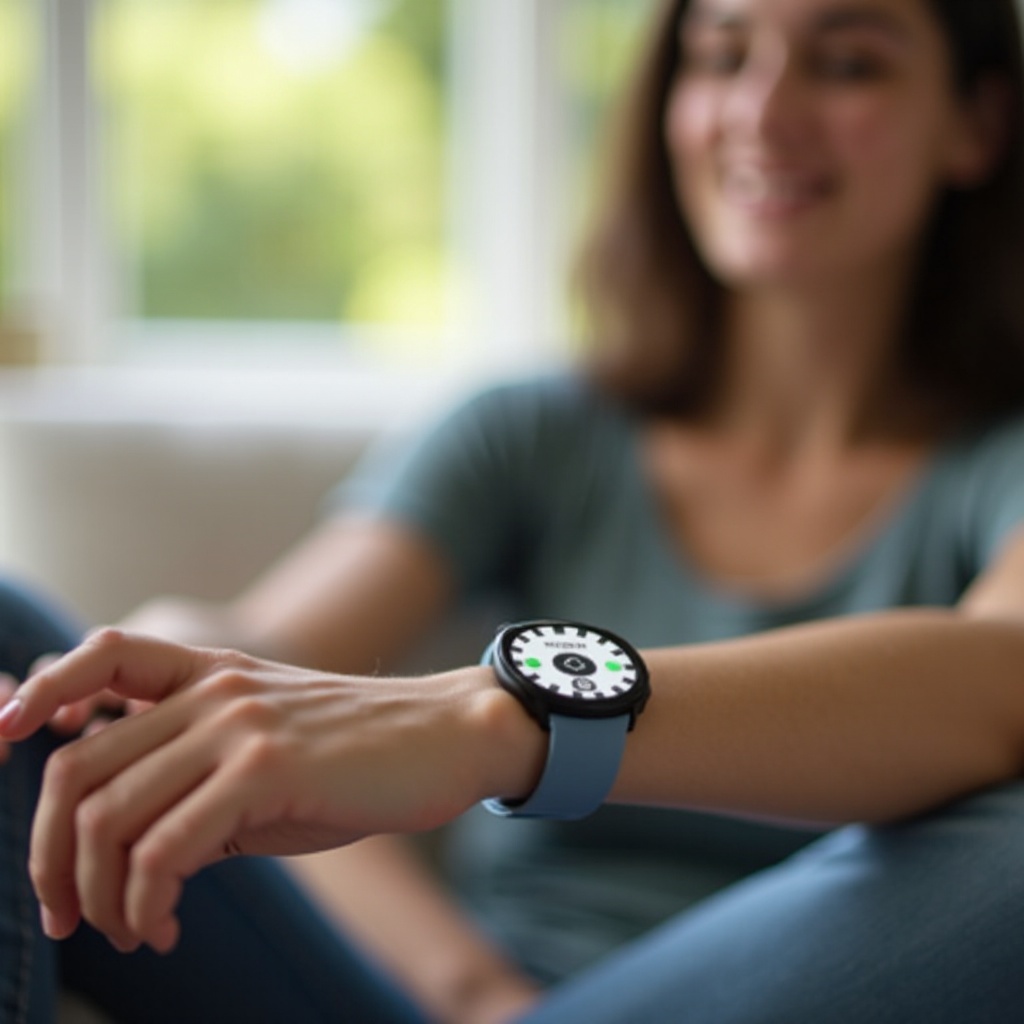Introduction
Stress detection through smartwatches has revolutionized personal health monitoring. These wearables combine advanced technology and sophisticated algorithms to measure stress levels accurately. By understanding how they operate, users can better appreciate their practical benefits in managing and reducing stress.

Understanding Stress
Stress, a common response to challenging situations, affects mental and physical well-being. Continual exposure can lead to chronic conditions like anxiety, depression, and cardiovascular diseases. Recognizing stress indicators is crucial for timely intervention. Smartwatches help by offering real-time insights into physiological changes associated with stress. These wearables track heart rate variability, skin temperature, and other factors, making them indispensable tools for those aiming to manage stress effectively. Understanding stress sets the stage for exploring the technological marvels embedded in smartwatches.
Core Technologies in Smartwatches
Smartwatches incorporate several technologies to monitor physiological markers. They feature sensors that measure critical metrics such as heart rate, skin conductivity, and sleep patterns. Photoplethysmography (PPG) sensors, for example, use light to detect blood volume changes, offering insights into heart rate variability. Electrodermal activity (EDA) sensors measure skin sweat levels, which fluctuate with stress. Accelerometers track physical movements, providing context for the physiological data collected. Together, these core technologies create a comprehensive profile of the user’s health, reinforcing the effectiveness of these devices.
Mechanisms of Stress Detection
Smartwatches employ multiple mechanisms to detect stress. Here’s a closer look:
-
Heart Rate Variability (HRV):
Smartwatches with PPG sensors track HRV, which signifies the time variation between heartbeats. During stress, HRV typically decreases due to the influence of the autonomic nervous system. The smartwatch calculates HRV by analyzing pulses of light reflecting off blood vessels. -
Electrodermal Activity (EDA):
EDA sensors measure skin conductivity changes, which vary with sweat gland activity. Increased sweating often correlates with higher stress levels. The slight electrical conductance changes in the skin are analyzed to assess stress. -
Skin Temperature:
Smartwatches with temperature sensors measure skin temperature changes. Stress can alter these temperature readings due to blood flow changes. A decrease in peripheral skin temperature might indicate stress. -
Breathing Rate:
Changes in breathing patterns can signal stress. Sensors in smartwatches monitor respiration rate, detecting irregularities that may suggest heightened stress levels. -
Sleep Monitoring:
Inadequate or disrupted sleep often results from stress. Smartwatches track sleep patterns to identify such discrepancies. Poor sleep quality is a potential marker of elevated stress.
These mechanisms allow smartwatches to provide a reliable measure of stress. The next step is understanding how this data is analyzed to offer actionable insights.
Analyzing Stress Data
Once data is collected, smartwatches employ sophisticated algorithms to analyze it. Here’s how the process works:
-
Data Collection:
Sensors on the smartwatch continually collect data on HRV, EDA, skin temperature, and more. -
Data Integration:
The smartwatch integrates multiple data streams to create a comprehensive health overview. Combining heart rate variability with skin conductivity and temperature data provides a fuller picture of stress levels. -
Pattern Recognition:
Algorithms identify patterns correlating with stress. For instance, a sudden decrease in HRV with an increase in skin conductivity may signal acute stress. -
Personal Baselines:
Smartwatches establish personal baselines by learning each user’s unique physiological patterns. This customization enhances the accuracy of stress detection. -
Real-Time Analysis:
The device analyzes data in real-time, offering instant feedback. Users receive notifications or alerts when their metrics indicate stress.
The analytical capabilities of smartwatches improve with each use as they refine the accuracy of stress detection by continuously learning from the user’s data. This leads directly to tangible benefits for users.

Practical Benefits for Users
Understanding how a smartwatch detects stress leads to practical benefits for users:
-
Immediate Feedback:
Users receive real-time alerts about their stress levels. This timely feedback allows for immediate action, such as taking deep breaths or a short walk. -
Personalized Insights:
Smartwatches offer personalized insights, helping individuals understand their unique stress triggers and patterns. -
Enhanced Decision Making:
With data on hand, users can make informed decisions about their health. For instance, recognizing a correlation between certain activities and increased stress can lead to better time management and lifestyle adjustments. -
Stress Management:
By providing continuous monitoring and feedback, smartwatches support effective stress management strategies. Users can track improvements over time, stay motivated, and adopt healthier habits. -
Healthier Lifestyle:
Ultimately, the insights gained from smartwatch data can lead to significant lifestyle improvements, promoting overall well-being.

Conclusion
Smartwatches provide a powerful tool for detecting and managing stress, utilizing advanced sensors and algorithms to offer real-time insights. With a better understanding of its mechanisms, users can take proactive steps to monitor their stress levels and enhance their quality of life.
Frequently Asked Questions
How accurate are smartwatches at detecting stress?
Smartwatches provide reasonably accurate stress readings by analyzing multiple physiological markers. However, accuracy can vary based on individual differences and device quality.
What physiological markers do smartwatches monitor for stress?
Smartwatches monitor markers like heart rate variability, electrodermal activity, skin temperature, breathing rate, and sleep patterns to detect stress.
Can smartwatches help in managing stress effectively?
Yes, smartwatches can help manage stress by providing real-time feedback and personalized insights, enabling users to track patterns and adopt healthier habits.
